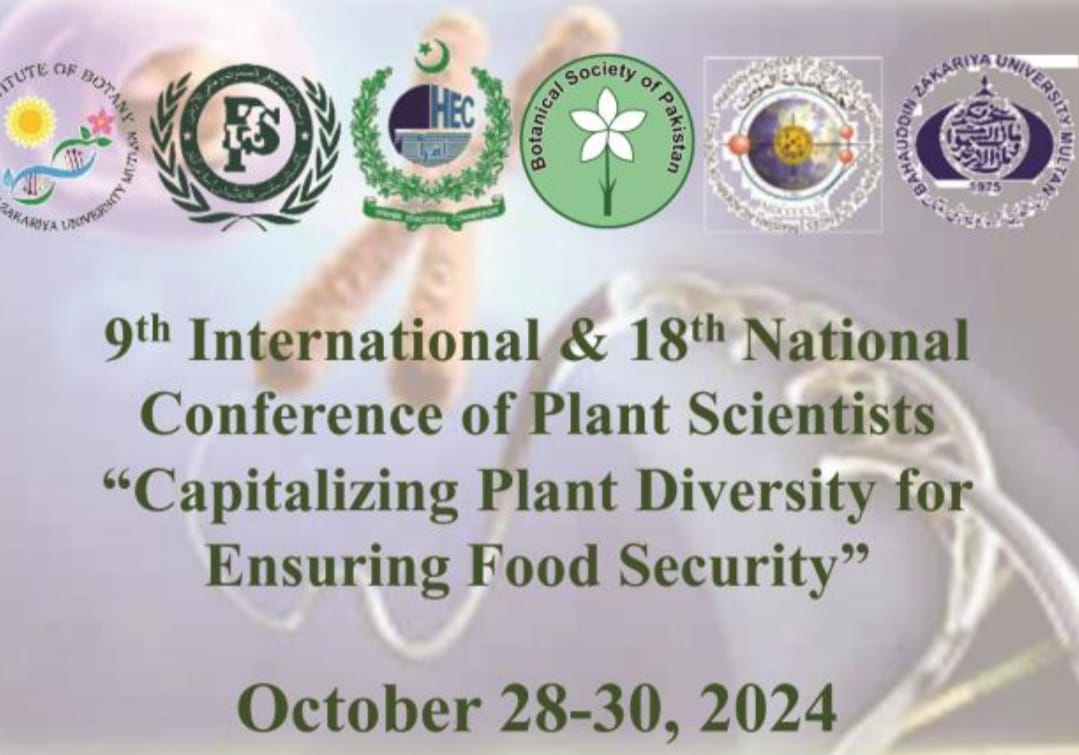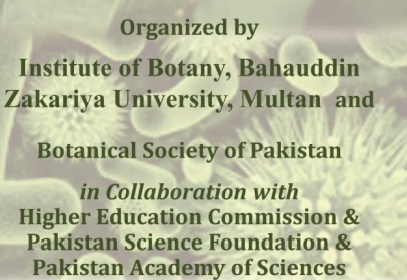
PJB-2024-169
Improved Pest Image Classification Approach Using Deep Learning Models
Khulda Zubair
Abstract
The detection and classification of insects from images are important to ensure the safety of crops. Presently, the classification accuracy is improved to categorize pests by applying various models based on CNN (Convolutional Neural Networks) on large data sets. For pest classification, the larger dataset was used which comprised 102 classes and a total of 75222 image samples. The dataset was split into 7508 images for the validation subset, 22169 images for the testing subset, and 45059 images for the training subset. Following pre-processing techniques were used: gamma correction, top hat filtering, image augmentation, random crop, random brightness & contrast, and horizontal flip. Once features were extracted, the next layers were used to classify the pest images into similar classes. The saliency method was used, as for image processing algorithm that mainly works to identify the most relevant pixels of an image. The saliency methods include graph-based visual saliency (GBVS), cluster-based saliency (COS), and spectral residual (SPE). We used the following CNN models: EfficientNetB4, MobileNetV3, VGG-16, VGG-19, and ViT. Moreover, a hybrid model comprising SVM and LSTM was also applied. Some models are very large and take much time to execute like ViT. On 50 epochs, the Mobile-NetV3 model gives 73% accuracy. The hybrid model gives the highest accuracy of 62% on 50 epochs. The class label Rice Leaf Caterpillar (85%) has the highest accuracy while the lowest accuracy belongs to Pady Stem Maggot (40%). Model MobileNetV3 provided the highest accuracy with the lowest running time as compared to other models. The hybrid model does not produce better outcomes than other models. In the future, additional algorithms for pest image categorization should be deployed on the IP102 data set to improve accuracy.
To Cite this article:


